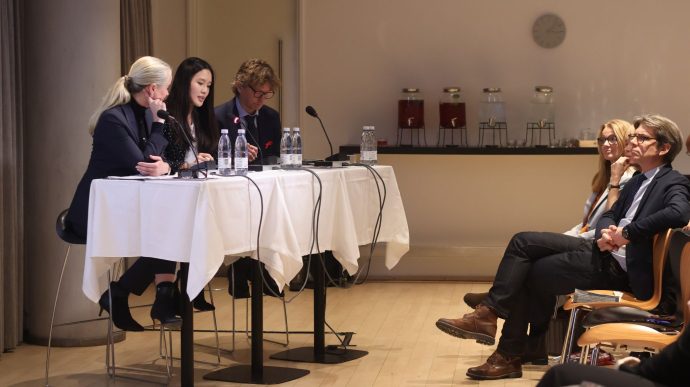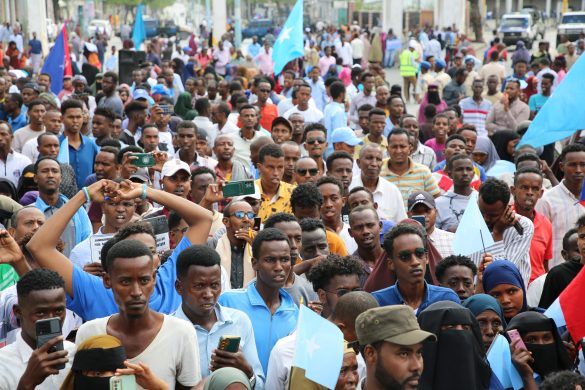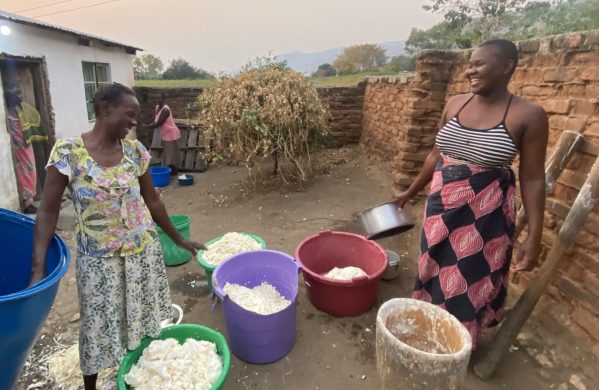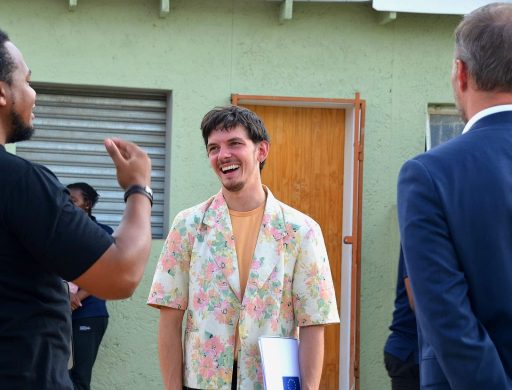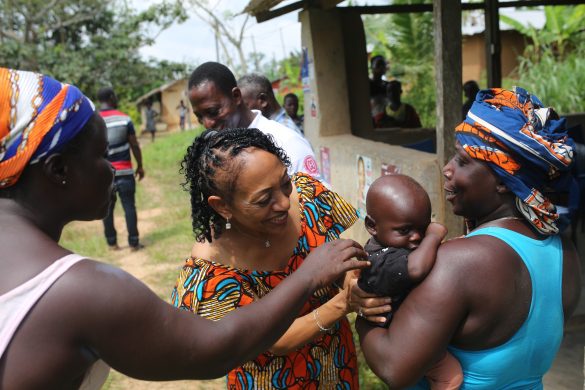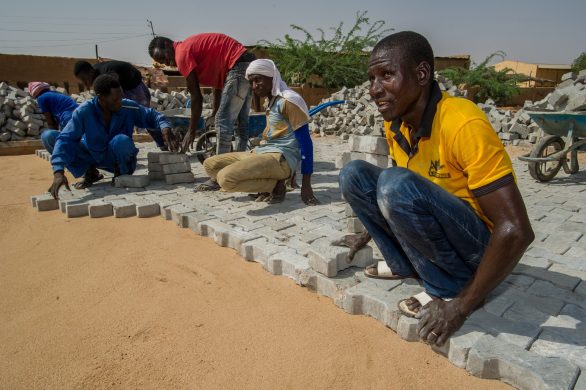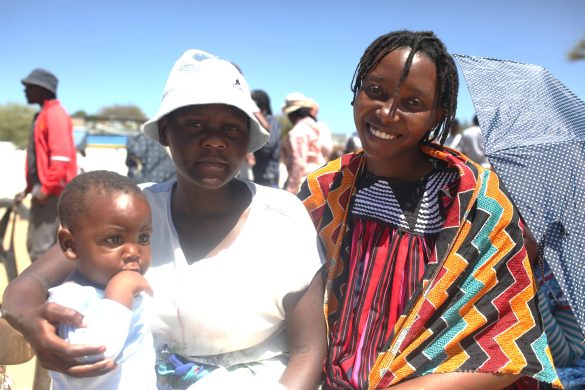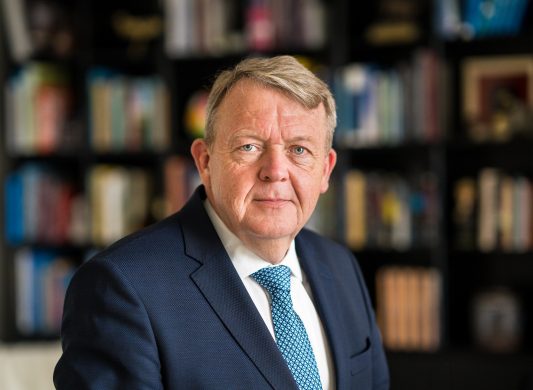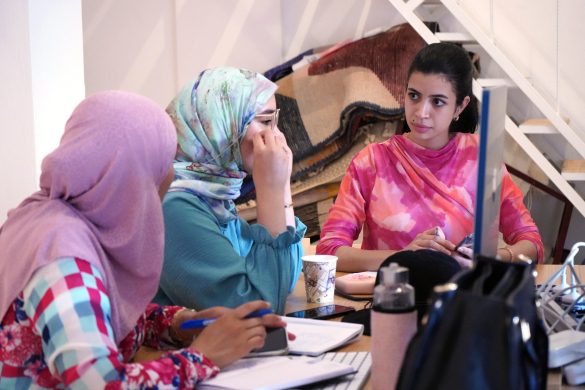Resterne af den hutu-milits, der stod bag folkemordet i Rwanda for 20 år siden, har efter sin flugt til DR Congo skabt død og ødelæggelse – nu vil FN og regeringen sætte en stopper for det engang for alle, men frygt for hundredtusinder af fordrevne i kølvandet på de militære operationer.
KAMPALA, 16 December 2014 (IRIN): Plans by the DR Congo army (FARDC) and UN peacekeepers to again take on one of the oldest insurgencies in the country have sparked concern for civilian populations and raised questions about the wisdom of the operation, set to take place in early 2015.
Only a couple of hundred members of the Democratic Forces for the Liberation of Rwanda (FDLR) have so far complied with an ultimatum to disarm by 2 January and take part in a demobilization and reintegration programme.
“Upon the expiry of the ultimatum, there will be no more time to talk. Our armed forces [FARDC] and partners [MONUSCO, the UN mission] will launch a military offensive to forcefully disarm the FDLR,” the Congolese government spokesman Lambert Mende told IRIN.
MONUSCO’s military spokesman, Lt-Col Felix Prosper Basse, confirmed that the UN force would “take part in operations against the FDLR rebels with the FARDC when the deadline of 2 January 2015 is reached. Preparations and planning are ongoing in order to fulfil our mandate given by the UN Security Council”.
“We reiterate our calls to the FDLR to peacefully surrender to MONUSCO, FARDC, PNC [National Police] and engage themselves in the DDRRR [Disarmament, Demobilization, Repatriation, Reintegration and Resettlement] process in order to avoid being disarmed by force and unnecessary losses of lives.”
Reported to have some 1,400 fighters, FDLR was formed by leaders of the Interahamwe Hutu militia which fled to eastern DR Congo after carrying out much of the killing in Rwanda’s 1994 genocide.
Its ranks now include many Congolese nationals.
Last offensive in 2009 displaced a million people
“Any military action should bear the following in mind,” warned Jason Stearns, director of the Congo Research Group at New York University.
“When the UN and the Congolese army launched an offensive against the FDLR in 2009, it displaced a million people and led to the deaths of thousands.
“So any military action should only take place after political options have been exhausted and should be proportional to the threat,” he said.
Aid workers in eastern DR Congo shared Stearns’ concerns.
“Any military operation risks creating humanitarian fallout. In eastern DR Congo one of our biggest concerns is increased displacement, in areas which are already overwhelmed by the needs of displaced people on a massive scale,” Frances Charles, advocacy manager with World Vision, DR Congo, told IRIN.
Some 1.4 million people are currently displaced in North and South Kivu provinces.
Risks to civilian population
Læs videre på
http://www.irinnews.org/report/100947/looming-drc-offensive-prompts-humanitarian-fallout-fears



